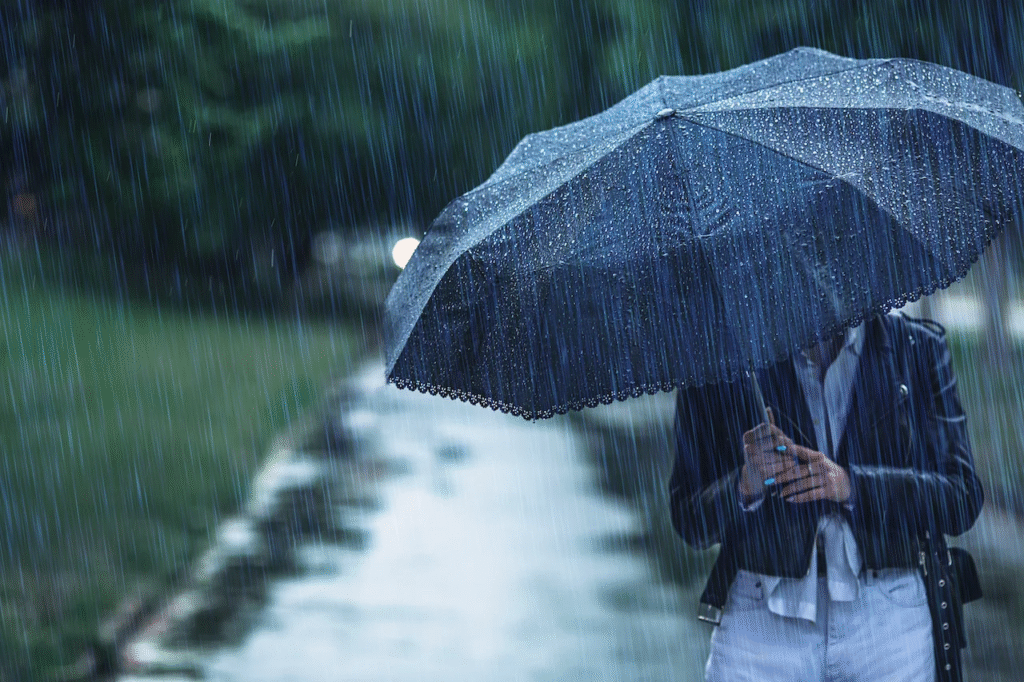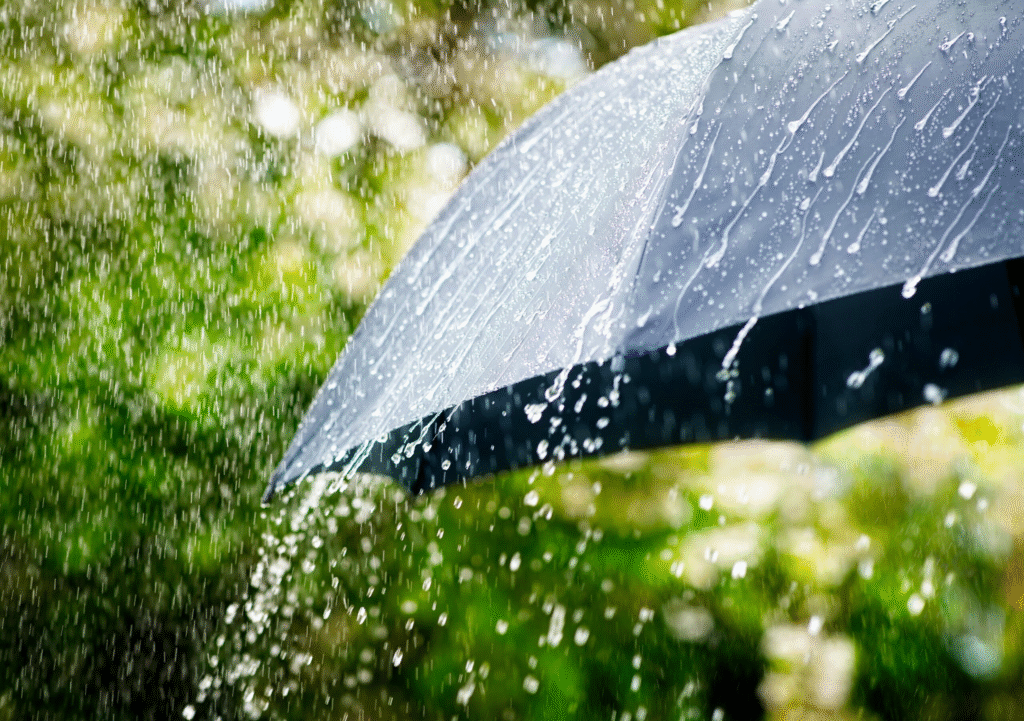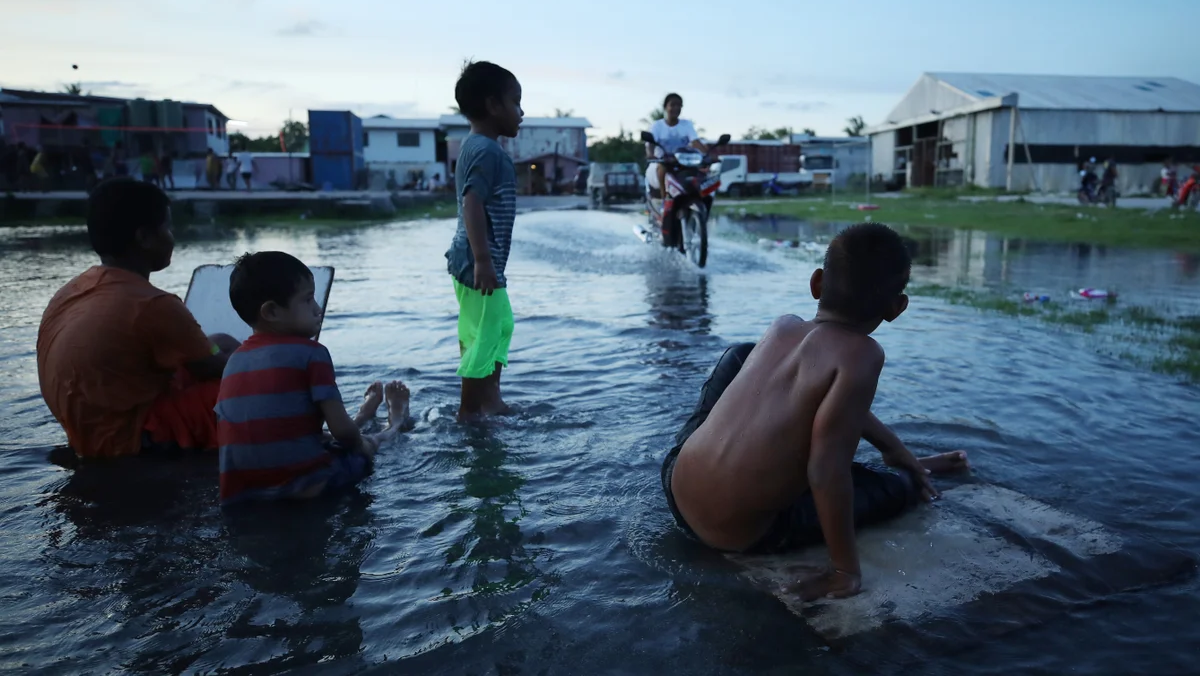Now Reading: Why Rainfall Is Acting So Weird: Scientists Reveal Truth 2025
-
01
Why Rainfall Is Acting So Weird: Scientists Reveal Truth 2025
Why Rainfall Is Acting So Weird: Scientists Reveal Truth 2025

Table of Contents
Across the world, people are talking about disrupted rainfall. Farmers are worried. Cities are flooding. Rivers are drying up. But what does “disrupted rainfall” really mean? And why is it happening so often?
Experts say the patterns of rain are changing. This is not just a small change, but a big shift that affects food, water, and even health. Let’s break down what is going on, why it matters, and how it might affect you.
What Is Disrupted Rainfall?

Disrupted rainfall means rain does not come when or where it usually does. Some places are getting too much rain in a short time, causing floods. Other places are seeing long dry spells, leading to droughts.
For example, in parts of India, the monsoon is arriving late or too early. In East Africa, rain is missing for months, leaving millions at risk of hunger. In Europe, heavy rains are flooding cities, while nearby areas stay completely dry.
This broken pattern is worrying because people, crops, and animals all depend on normal rainfall to survive.
Why Are Rainfall Patterns Breaking?
Climate scientists say the biggest reason is global warming. The Earth is getting hotter. This extra heat changes how clouds form, how winds move, and how oceans behave.
Warmer air holds more moisture, but it can also cause dry areas to get drier. It creates a world where weather becomes more extreme — heavy rain here, no rain there.
Other factors are also making things worse, like:
- Deforestation (cutting down forests), which disturbs local rain cycles
- Pollution in the air, which affects how clouds build up
- Urbanization, where concrete replaces green land, changing how water evaporates
Put together, these changes disrupt the natural balance of rain.
Real-World Effects of Disrupted Rainfall
Disrupted rainfall is more than just bad weather. It has a ripple effect on daily life:
Food security
Crops fail if there is too much rain or not enough. This means higher food prices and more hunger.
Water shortage
Dry periods make rivers and lakes shrink. People then have to travel far to find water.
Health problems
Floods can spread diseases like cholera and dengue. Droughts can cause dehydration and malnutrition.
Economic damage
Homes, roads, and factories can be damaged by floods. Insurance costs rise, and businesses lose money.
For example, in 2024, Pakistan saw floods that destroyed millions of homes. In Brazil, soy farmers lost billions because the rains stopped during planting season. These are clear signs that disrupted rainfall is hitting the economy hard.
How Are People Trying to Adapt?

Governments and scientists are working to manage the problem. They are:
Building stronger dams and better drainage systems to handle floods
Using early warning systems to alert farmers about heavy rain or drought
Encouraging farmers to grow crops that need less water
Planting more trees to keep local rain cycles stable
Some communities are even trying “cloud seeding,” where planes drop special chemicals into the sky to make it rain. This is still experimental, but shows how desperate people have become to fix the rain problem.
What Can Ordinary People Do?
While big projects are important, everyday actions also matter. Here’s how you can help:
- Save water whenever you can
- Plant trees in your community
- Reduce pollution by using fewer plastics and less energy
- Support climate-friendly policies in your area
If everyone helps, it can slow down climate change and keep rainfall more normal.
The Road Ahead
Experts believe rainfall will stay disrupted for many years if we do not act. Temperatures are still rising. Ice is still melting. Oceans are still warming. All these things fuel strange rainfall patterns.
But there is hope. Scientists are studying the problem more deeply than ever. Many countries are agreeing to cut pollution and invest in green energy. Communities are adapting with new farming methods.
If people around the world keep working together, we can protect our rainfall — and our future.
Read More:- Deyaar’s Latest Announcement Shakes Up the UAE Property Market






















